12 Stories That Had More Drama Than a Season Finale

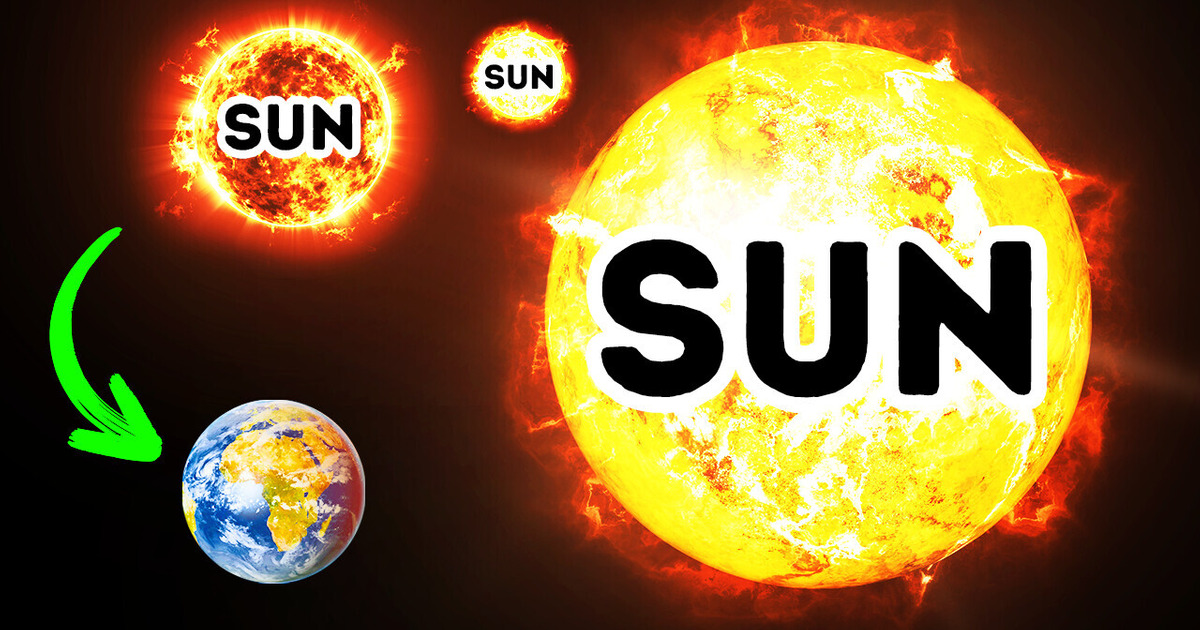
There’s only one star in our Solar System, the Sun. And all the planets orbit this star. But there are also systems where a planet orbits two suns.
For example, Kepler 16b. It’s an inhospitable and cold place made of half rock, half gas. But the coolest thing there is that if you visited this planet, you’d see two sunsets and have two shadows.
But astronomers seem to have found something rarer and more bizarre. There might be a planet that orbits three stars at once!
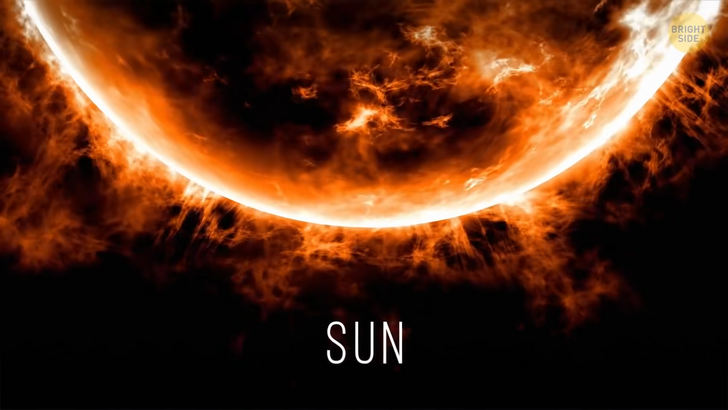
The GW Orionis star system is around 1,300 light-years away from our planet. It’s composed of three orange rings. They’re made of dust and nested inside one another. In the center of this system, you can see three stars. Two of these stars are binary. It means they orbit each other. The third star revolves around them. Scientists have found out that the three rings are misaligned. The innermost ring swings widely in its orbit. And the outermost ring has a tilt of 38 degrees.
So, astronomers came up with two theories. The first theory says the break in these rings occurred because three suns created torque at the center of the entire system. Torque is a gravitational force that always acts toward the center. But some time later, this theory was written off. There wasn’t enough turbulence in these rings for this theory to work.
The second theory claimed that this phenomenon could be happening because a planet formed inside one of these rings. A young planet could affect the gravitational balance of the three-ring system and be the reason they were spread so far apart. There’s a specific gap in the dust cloud. Based on its size, the planet we’re talking about must be a large gas giant the size of our Jupiter.
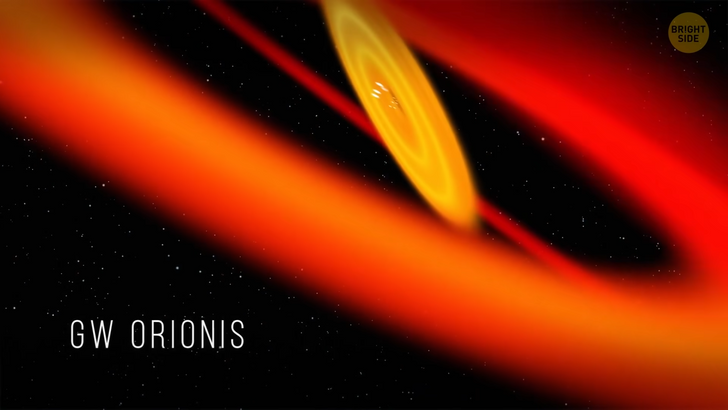
All space objects have been formed thanks to gravity pulling matter together. If there’s even the slightest rotation at the beginning, the spin rate increases with time — especially when an object starts collapsing. That’s why all space objects rotate, including dust particles and even black holes. Black holes lose their mass because of a thing called Hawking radiation.
Their event horizons are becoming smaller, but this process is very, very slow. A black hole’s event horizon is a point of no return. It’s like a boundary that surrounds a black hole. And nothing, including light and radiation, can escape once it crosses this boundary. The average black hole would need billions of times the age of our Universe to disappear completely.
Our home Milky Way galaxy might also contain a supermassive black hole. But we’re in no danger. One of the closest large black holes [V4647 Sagitarii] is most likely 20,000 light-years away. It’s safe to observe the effects black holes create from a distance. Problems start when you get too close — because of their mind-boggling gravitational force. Galaxies can consume one another, which is one of the ways how they evolve over time.
Our closest neighbor is called Andromeda. And it’s currently “munching” on one of its satellite galaxies. In the past, Andromeda ate at least two others. Plenty of star clusters are scattered all over this galaxy. Andromeda must have stolen these stars from other galaxies. Scientists have finally managed to identify those stars. They have tracked them back to galaxy mergers that happened billions of years ago.
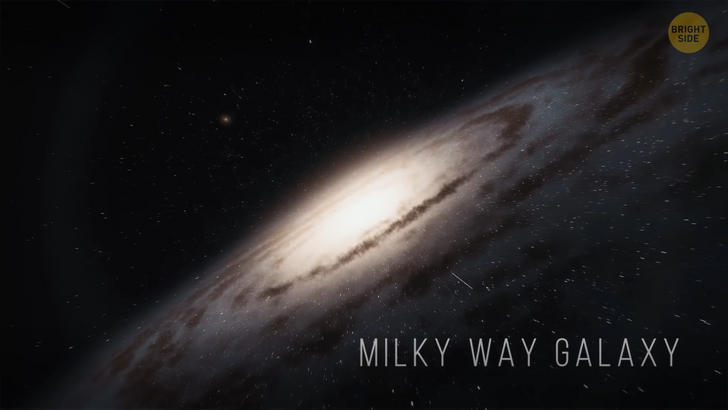
Ten billion years ago, our home galaxy also went through a collision. (That’s why now, its halo isn’t like the ones other spiral galaxies have.) Scientists first thought it was several small collisions. But then they realized that most of these space objects in the Milky Way came from a single source. It was another galaxy [Enceladus] that the Milky Way collided with. The Milky Way and Andromeda Galaxy might collide. But it’s unlikely to happen in the next 4.5 billion years.
Neutrinos are electrically neutral particles that are so powerful that they can go through miles and miles of lead — and nothing will stop them. Some of them are passing through your body as you’re watching this. Neutrinos get formed both in the nuclear reactions inside “alive” stars and in the supernova explosions when stars go out. These particles are nearly massless. They need less than 3 seconds to get to the surface of the Sun. And then, they can reach our planet in only 8 minutes.
There’s a planet TOI-1231 b around 90 light-years away from Earth. It’s similar to our Neptune. It’s a gas giant. But the most interesting thing is that this planet is likely to be rich in atmosphere. The planet is over 3 ½ times as large as Earth and a bit warmer than we’re used to — 134˚F. It orbits a red dwarf star way smaller than our Sun. But this star is also much older.
One year on the planet is only 24 Earth days long. Even though the planet is close to its parent star, it remains relatively cold. That’s because its star is on the cooler side too. Astronomers think they’ve seen clouds in the atmosphere of the mysterious planet — and maybe they’re even made of water.
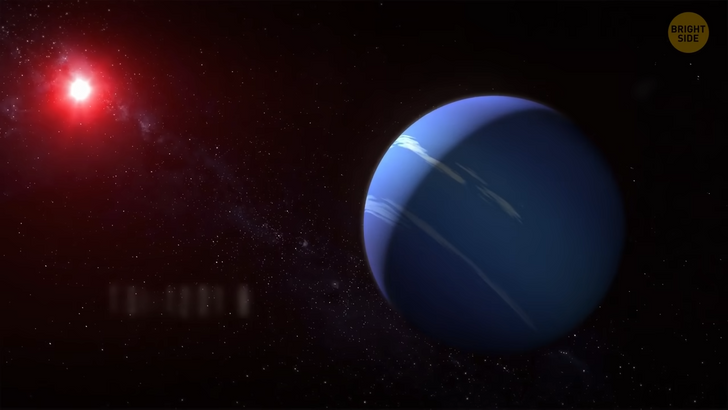
This star-and-planet system is moving away from Earth pretty fast. That’s why scientists easily detected hydrogen atoms that were escaping from the planet’s atmosphere. Yup, that means the planet may even have a tail. A hypothetical white hole is a bizarre space object that is opposite of a black hole. It’s intensely bright and was first mentioned by Einstein in his theory of gravity.
Most often, scientists talk about white holes in the context of “wormholes.” There’s a theory that a black hole is like some sort of entry point to a tunnel that takes you through space and time. In this case, a white hole might be an exit located somewhere else in the Universe. On the other hand, white holes don’t necessarily need to be “exits” from wormholes. They could also be a slow-motion replay of how original black holes were formed.
So, the formation of a black hole starts with an old massive star. After it collapses under its own weight, it usually turns into a black hole. But sometimes, quantum processes don’t turn a star into a black hole. Instead, they make a white hole that starts spewing out the matter of the original star again. But so far, this is just a theory. Some planets, like Mars and Venus, have pretty intense weather with powerful storms.
And now, an equally strong space hurricane might have come to Earth! It was a swirling mass of air, about 620 miles wide. Satellites spotted the hurricane hundreds of miles above the North Pole, somewhere in Earth’s upper atmosphere. The hurricane was raining not water but electrons! It lasted almost eight hours before it finally broke down. It was spinning in a counterclockwise direction.
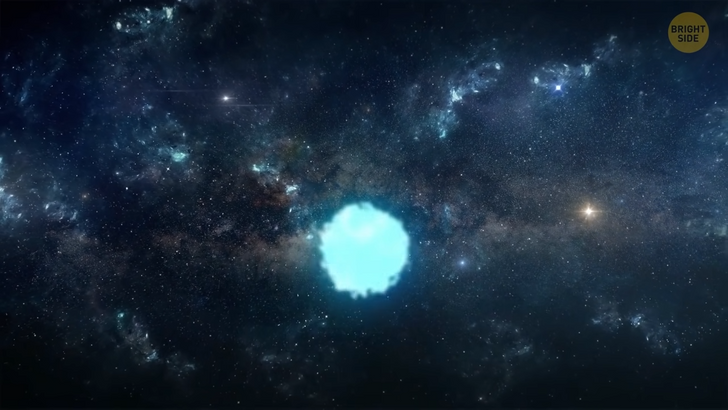
It’s possible there are oceans hidden under the surface of the moons surrounding Uranus. Scientists have also been investigating the oceans on Jupiter’s moon Europa and Saturn’s moon Enceladus. These oceans are hidden below the moons’ icy crusts. Uranus has 27 moons. Five of them are especially big. Those are Umbriel, Titania, Oberon, Miranda, and Ariel. Back in the 1980s, when people sent Voyager 2 to get us some images of these five moons, scientists found out that they had lots of craters and were made up of ice and rock.
Pictures astronomers got then also showed signs of liquid water. It was erupting from the moons’ depths and freezing on the surface. One of the most plausible explanations was the oceans under the surface. As a moon moves around a planet, the magnetic field of that planet tugs at it. That is how the moon stays in its orbit. This tug generates an electrical current that transforms into a magnetic field. Such a magnetic field is called induced. And subsurface oceans might be the reason why this induced field can be produced.
Saturn is well-known for its famous rings. But Neptune, Uranus, and Jupiter also have rings. At the same time, Saturn has something really special we’ve never seen on any other planet. It’s this huge hexagon storm moving around the planet’s North Pole. Each of its sides is almost 7,500 miles long.
That’s an area so great we could place almost four Earths inside. [7,500 miles (12,500 km)] According to thermal images, this hexagonal cloud pattern goes down into Saturn’s atmosphere for around 60 miles. The planet is hiding behind thick clouds, and sunlight can’t get through them. That’s why astronomers can’t see what exactly is going on there.
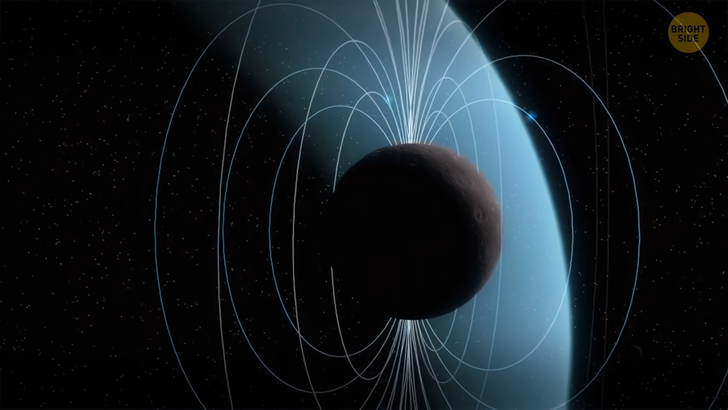
But there are theories. Saturn is a gas giant. When gas deep inside the planet gets heated, it strays further out.
Huge amounts of energy are released along with that gas, which makes it rise, expand, and lose density. The same processes cause hurricanes and tornadoes on our planet.
On Saturn, whirling gases come out of a high-pressure zone located within Saturn’s outer layers. And these gases trigger a powerful storm of such an unusual shape.











